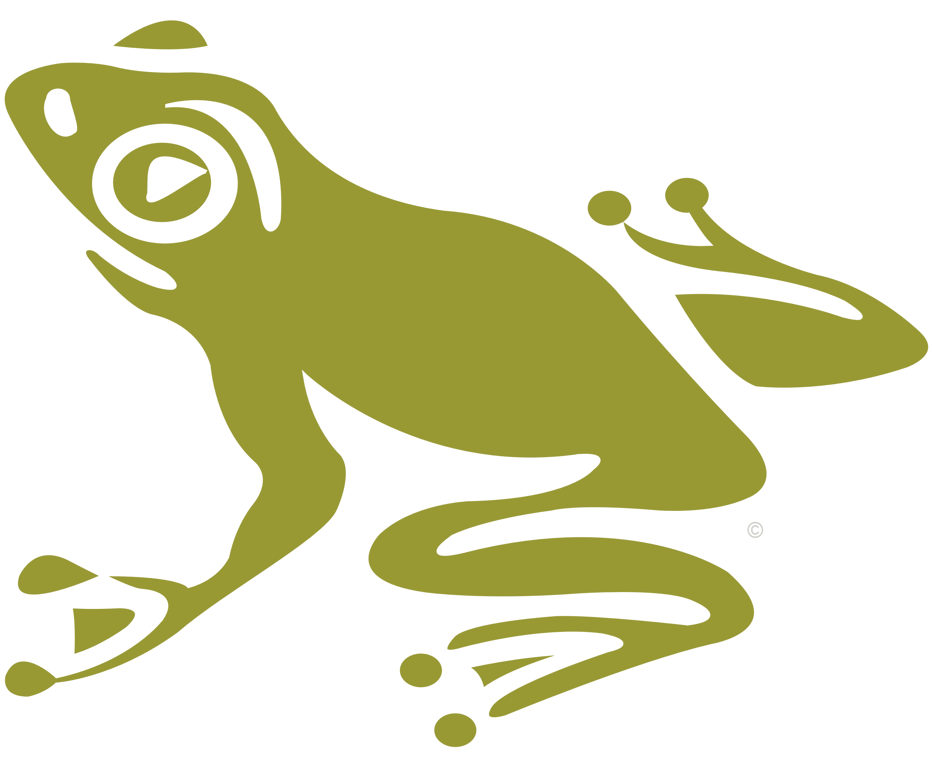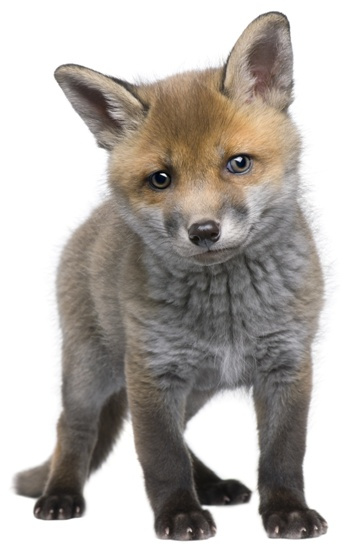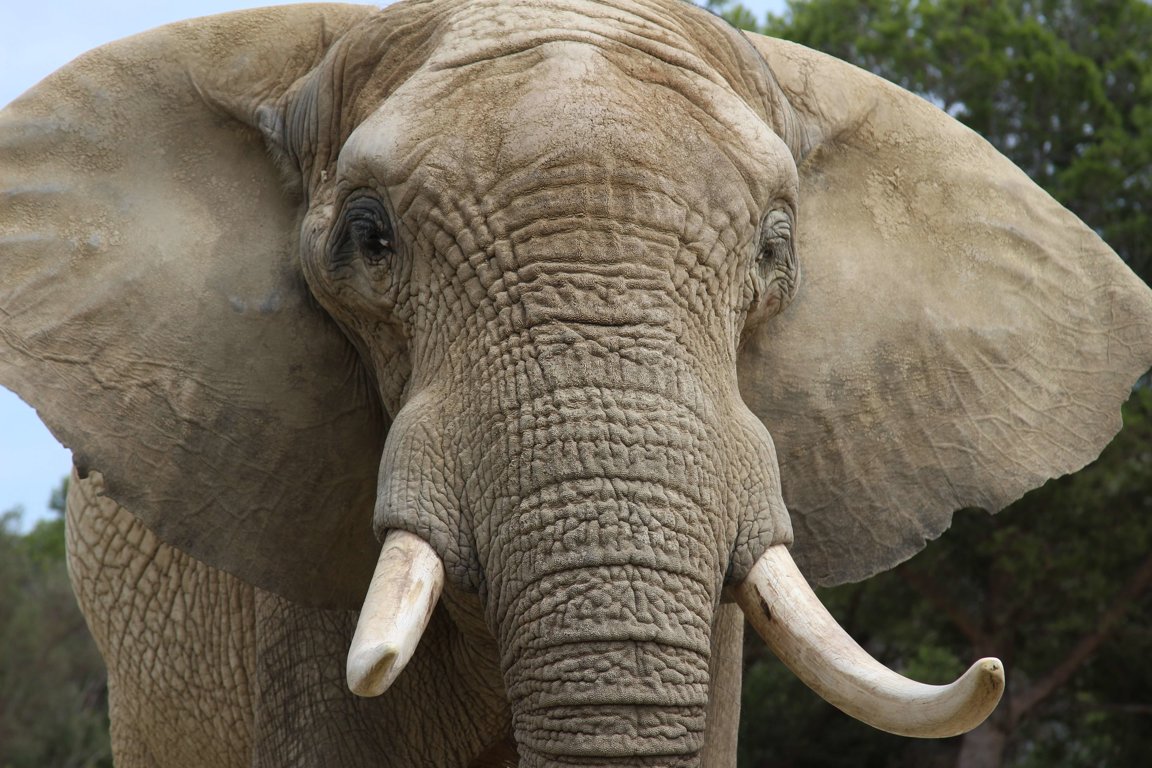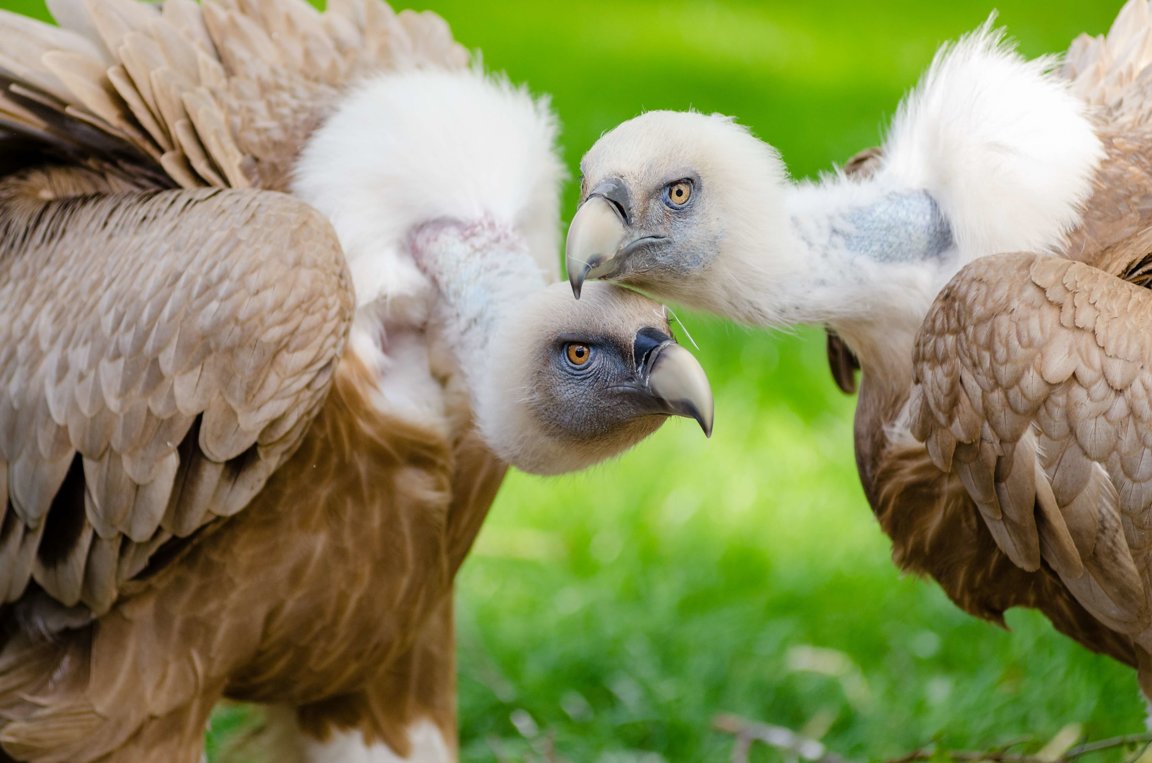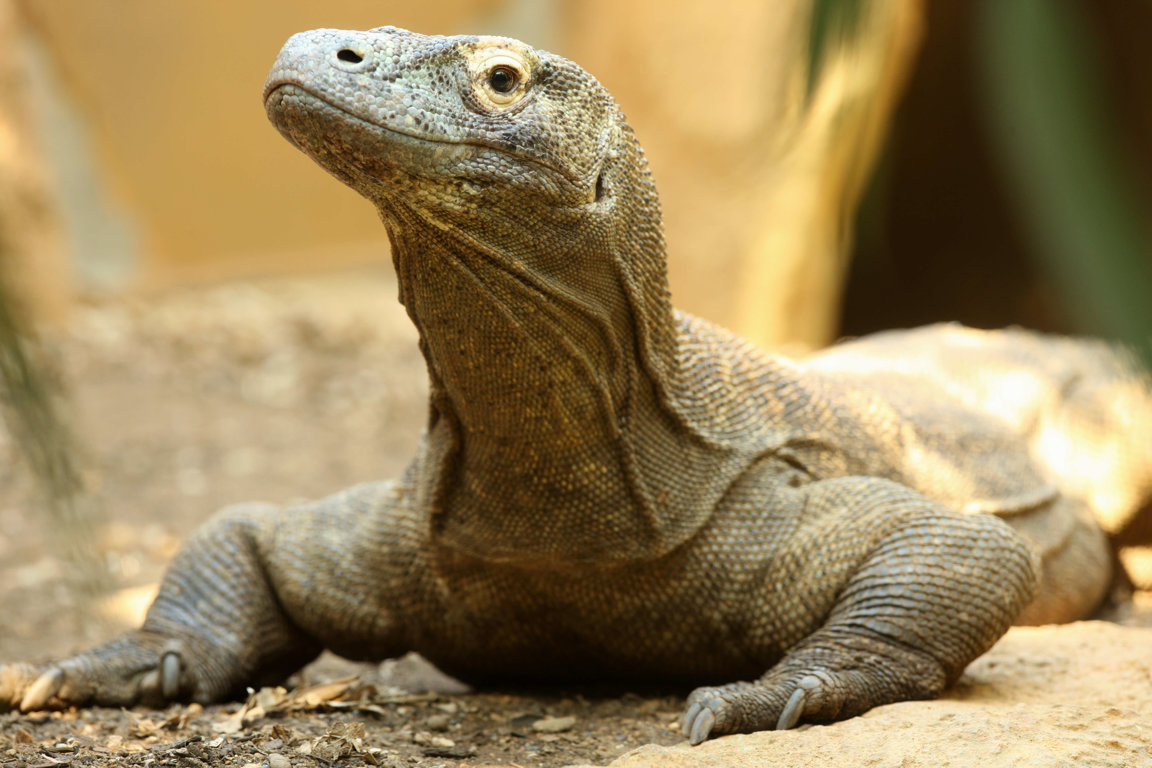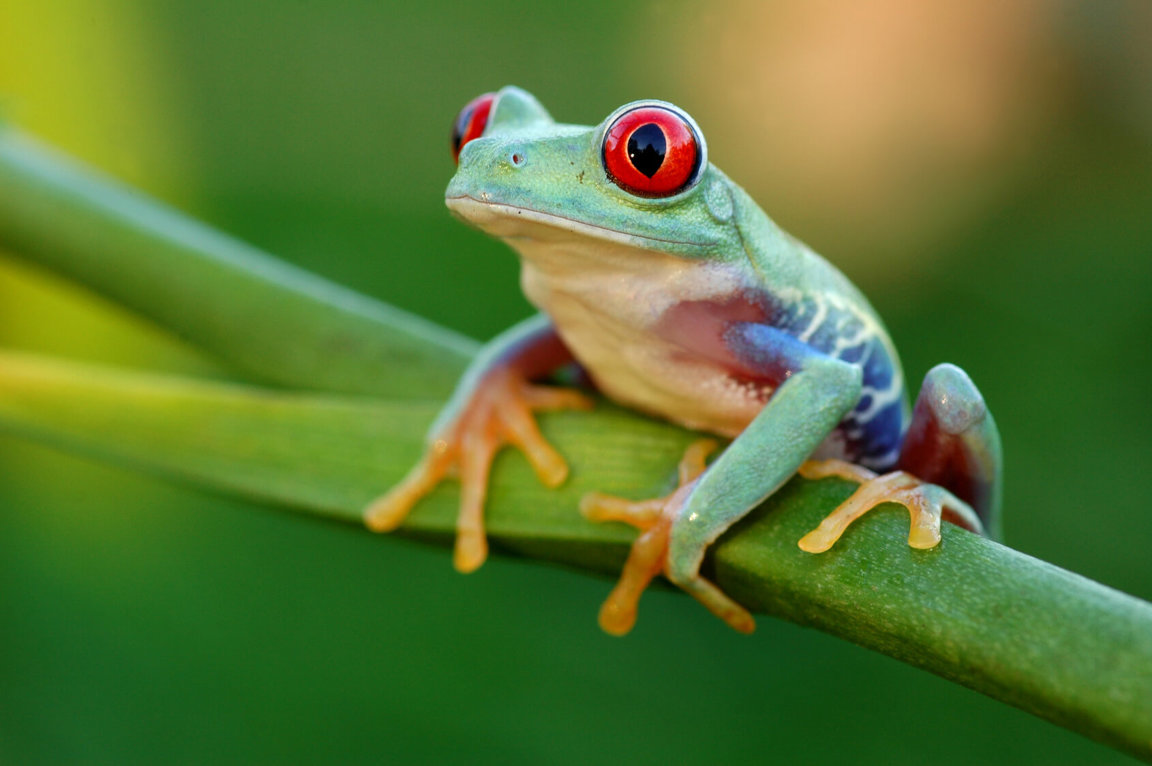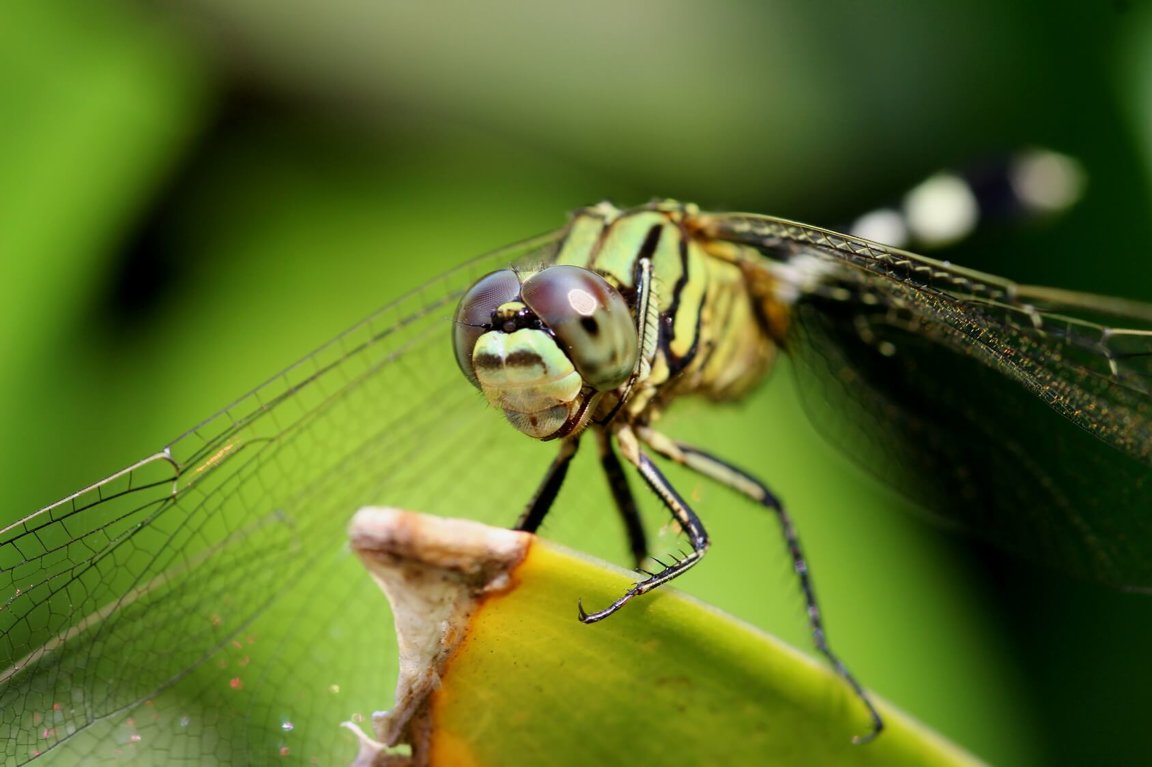Help Wild Animals
The actions of humans have created many threats to wild animals. As human populations increase, these threats multiply, leading to a fewer number of some species, and total extinction of others. All animals contribute to the ecology of the earth and are vital to its health and continuation.
Many wildlife species are threatened with extinction, and many critical wildlife habitats are being destroyed. The need for conservation was created by human beings. The problems are large and complex—requiring the combined efforts and cooperation of numerous groups, organizations and agencies around the world. But most importantly, preservation and protection of wildlife and their habitats starts with each individual human.
Together, we all play an important role in protecting wild animals and their homes. By joining a conservation organization, welcoming wildlife into your yard with native plants, reducing and recycling, refraining from using of herbicides and pesticides, and speaking out for wildlife and nature, you can help wild animals everyday.
